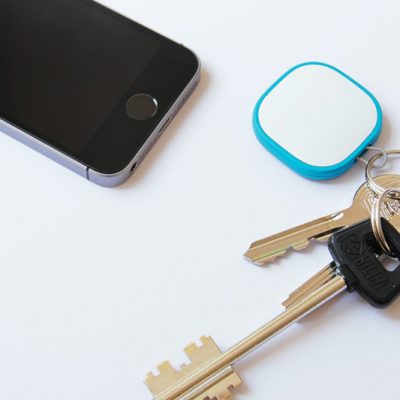Internet of Things for Home Automation
As the Internet of Things continues to gain traction and several new devices come in market, home automation has taken the spotlight. The concept of smart home has been there since a long time but some social issues are now being considered too. Smart homes are much more than the simple ability to remotely lock and unlock your front door. Instead it is expected to use actionable situation intelligence in order to detect your entry inside a building, turn on the lights to your pre-set preferences, preheat your stove and put on your favorite music.
Developer working on the IoT projects focus on finding compatibility between home deployment tools and the verticals attachable with them. Home automation requires 5 components to function:
-
Sensor: measures temperature, light or motion detection
-
Interface: human to machine or/and machine to machine
-
Controller: a general purpose computer
-
Bus: wired or wireless for transmitting instructions
-
Actuator: motorized valves, light switches and motors
These components can be assembled in any manner through a central hub. As developers build systems that manage devices and sensor data, the opportunities are open when mastering the connectivity based on temperature, lighting, video, security, appliances and entertainment.
Many categories of device and services lie under the IoT umbrella. Devices have a certain selection criteria, based on the following characteristics:
-
Customer Oriented: These devices are marketed and sent to end users who need not have any technical expertise in using them.
-
Always on: Designed to remain on and connected to the Net permanently.
-
Useful for real-world impact: It contains the capability to interact with the environment.
Mobile Application Interface
Direct communication between mobile applications and a device makes it easier for users to control events. Security measures need to be followed, like checking whether all sensitive data sent between device and mobile applications are encrypted. Without adequate protection, sensitive data can be monitored by attackers by observing local network traffic. Also, test whether mobile applications employ TSL/SSL certificates.
Security and Privacy Concerns
As Developers continue to build out amazing applications and hardware for homes, security and privacy measures need to be followed as well. Privacy and Security are always at the forefront of design. Few key recommendations while developing a device include:
-
Build security into devices at the outset, rather than as an afterthought
-
Train employees about the importance security
-
Monitor connected devices throughout their expected life cycle, and where possible, provide security patches to cover known risks
The future
Developers obviously have the best vantage point on how the future will shape out since they are the creators of the application. Every new invention comes from imagination. Through a series of universal standards, every device would add value to a person’s persona. Developers need to realize that next generation platforms need to be able to abstract devices so that on boarding is made simpler.




